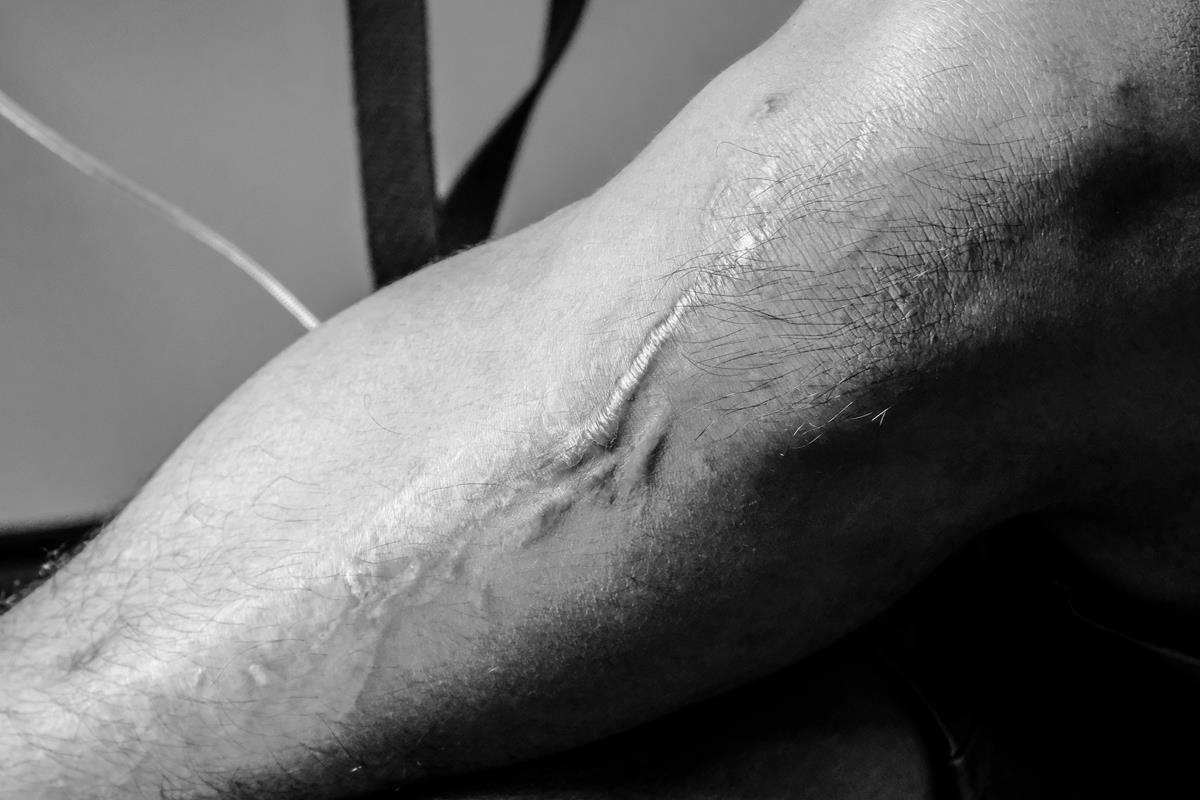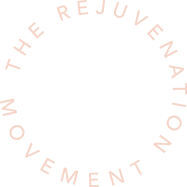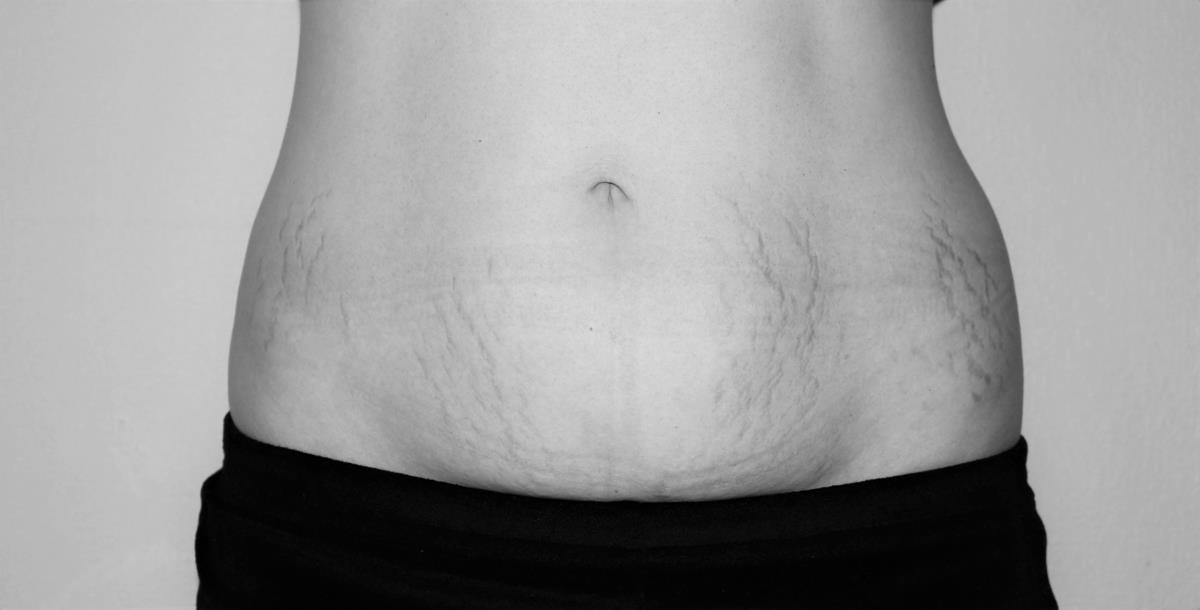Most people have at least one scar, either from a cut, burn, scrape, or after surgery. Certain conditions, such as severe acne, or chickenpox, can also cause scars, and so can the rare skin diseases epidermolysis bullosa (EB), or hidradenitis suppurativa. Keloids, which are thick raised scars, can occur after surgery, a skin injury, after getting a tattoo, or after having your ear pierced.
Causes
When your body heals an injury, scars can form on the skin. If a wound is very deep, it injures the inner layers of the skin, the dermis. To repair that wound, collagen is produced at an accelerated rate, creating thicker and less flexible tissue, which becomes the scar.
Treatments
Because scars are complex, it’s important that you get a comprehensive consultation on the best treatment options available. A board-certified dermatologist can help analyze what type of scars you have, whether they may fade with time, and recommend suitable treatments for you. A raised scar or keloid can be treated with the following:
- Pressure therapy – Pressure applied by an elastic bandage, earring, or stocking to a healing wound can reduce or prevent scar or keloid formation. For best results, you must wear the pressure dressing for up to one year.
- Silicone gel – A silicone ointment or sheet worn every day for months can reduce the size, redness, swelling, itch, hardness, or stiffness of a scar and can also prevent it from developing, especially after surgery.
- Polyurethane dressing – Wearing this moist, flexible pad will help reduce post-surgery scarring or treat a raised scar by reducing the color, hardness, and size.
- Lasers and other light treatments – Effective to prevent raised scars and keloids, laser and light treatments help reduce the appearance of existing scars, decrease scarring after surgery and even treat depressed acne scars. They can also reduce itch, pain, swelling, redness, and hardness, and increase a person’s mobility previously limited by scars.
- Corticosteroid injections – Commonly used to treat raised scars and keloids, dermatologists inject a corticosteroid directly into the scar to reduce its size and ease pain and itching.
- Cryosurgery – This procedure slowly destroys scar tissue by freezing the scar. It helps to reduce the size of keloids or raised scars as well as alleviate itching, pain, hardness, and discoloration.
- Scar surgery – A scar can be removed by a dermatologic surgeon which can help give you back mobility previously limited by a scar. Surgery can also reduce the size of a keloid.

















